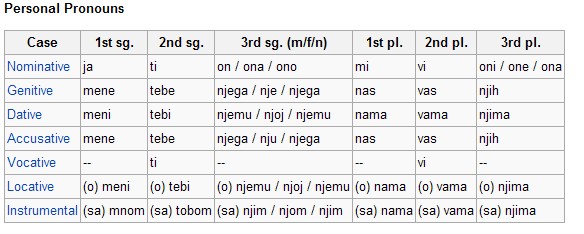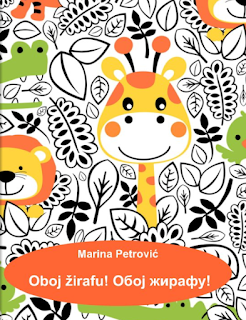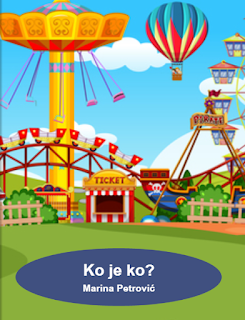Although you can find a lot of Serbian language exercises on this site, I am sure you'll like my new way of reading 'n' grammar tests :)
If you are not sure what the right answers are, I'll publish a video with the key tomorrow :)
Make sure you check the blog posts about:
If you are not sure what the right answers are, I'll publish a video with the key tomorrow :)
Make sure you check the blog posts about:

.png)

























